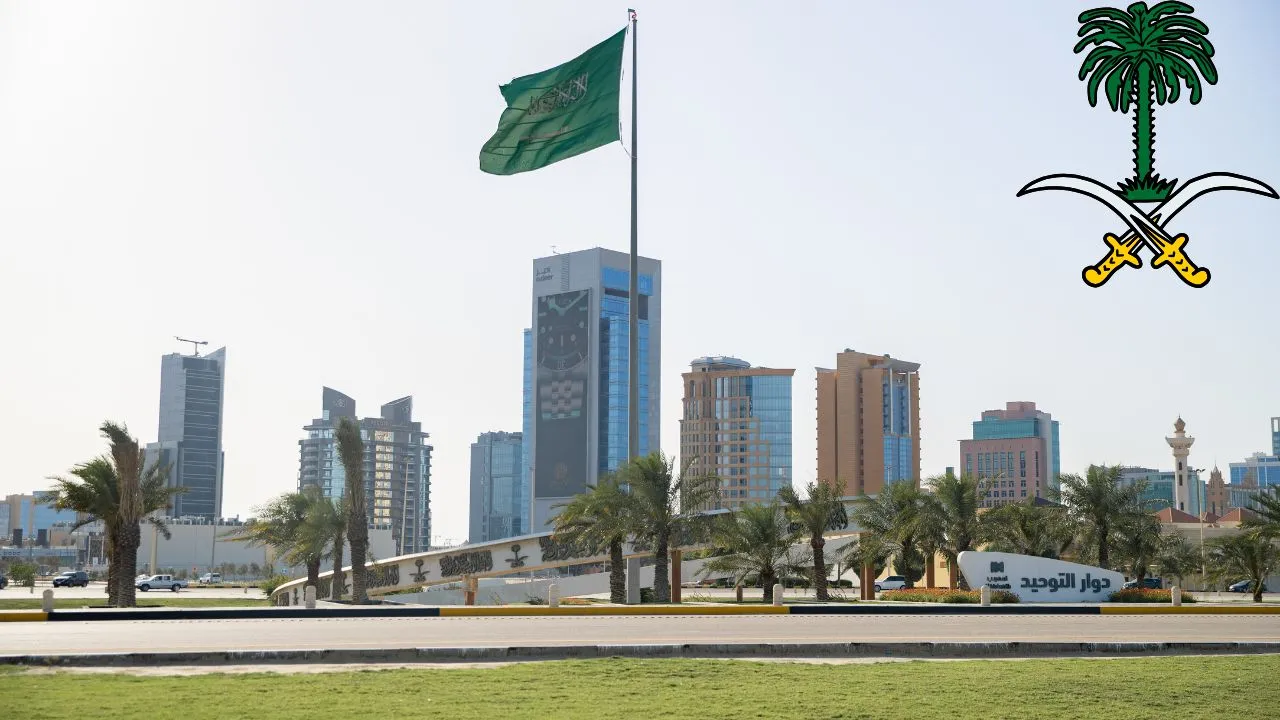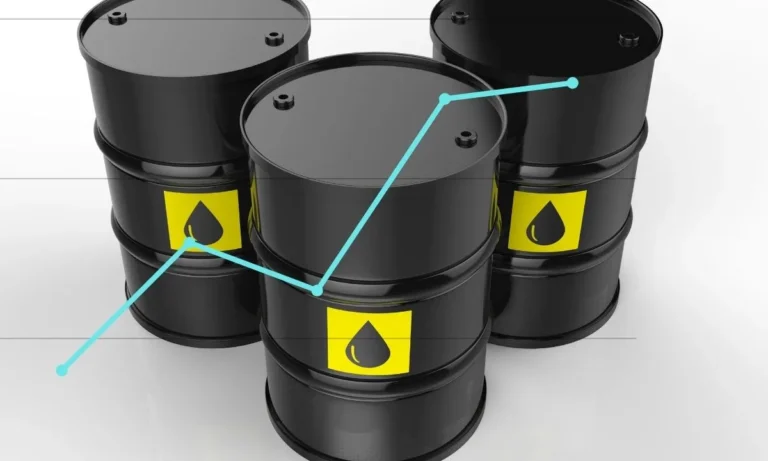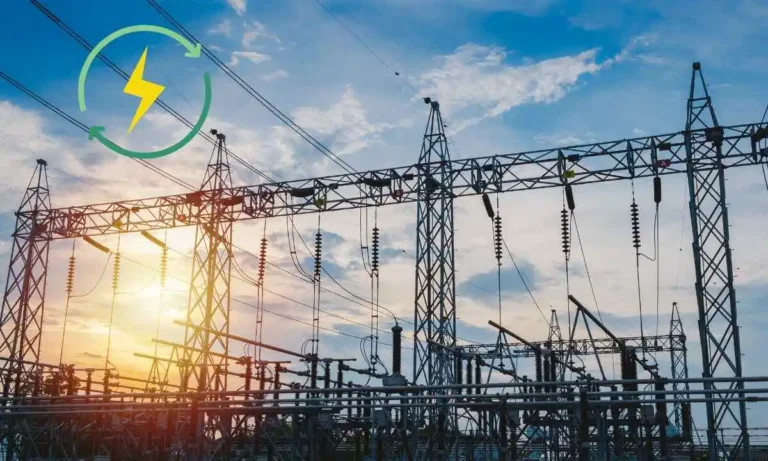Saudi Arabia’s Move From Oil to Global Manufacturing Powerhouse?
By Newserman Team
Saudi Arabia has been traditionally dependent on the oil economy. But it now seems to be betting on manufacturing to diversify contributors to its economy.
The oil world got a shake-up last week when eight OPEC+ nations announced a faster rollback of oil production cuts. They announced injecting 411,000 barrels per day back into global markets in May.
Now, all eyes are on Saudi Arabia, which is believed to be ending its long-standing role as OPEC’s swing producer. So, that’s a big deal for the oil industry.
So what will be its impact on oil prices, global markets, and Saudi Arabia’s economic future if the Kingdom ends its role in shaping the oil industry?
From Swing Producer to Strategic Shifter
Saudi Arabia has been producing roughly 9–10 million barrels per day (bpd) of crude oil out of a total of around 100–102 million bpd production. So, it accounts for around 9%–10% of global oil supply. Its share in oil supply seems to be less but it has been impacting the global oil prices due to cheaper oil production.
Saudi Arabia can shake up or stabilize the oil market for decades by increasing or lowering oil supplies in the global market.
But Saudi Arabia seems to be tired of bearing the brunt while others as other countries like Kazakhstan, Iraq, and the UAE—don’t go by the same book.
So, here is a new deal. Saudi Arabia may be flipping the script rather than tightening supply to hold up oil prices. The Kingdom still needs to balance its books at $96.20 per barrel, according to the IMF).
The prices remain around $60-63 per barrel. So, it shows that OPEC and Saudi Arabia are not afraid of sacrificing short-term revenue to gain long-term leverage when they announce to addition of additional supplies in a global market that would impact the oil prices as well.
They are likely targeting to reshape oil geopolitics in the process.
Vision 2030: Flexible, Not Fragile
Some critics have suggested low oil prices could derail Crown Prince Mohammed bin Salman’s Vision 2030 which is a sweeping initiative to diversify the economy away from fossil fuels.
But here’s the twist Saudi Arabia doesn’t need oil prices to cooperate but it just needs time and options.
And it has both.
The Kingdom can manage short-term pain by tapping forex reserves and issuing sovereign bonds, scaling back projects, or delaying milestones.
The real surprise is how Saudi Arabia is going faster than most analysts had expected, shifting from an oil giant to a manufacturing and mining powerhouse.
Saudi Arabia’s Manufacturing Moment
As the U.S. had slapped new tariffs on traditional trade partners, critics believed that it had opened up a golden opportunity for Gulf nations—and Saudi Arabia is wasting no time.
With only 10% tariffs on GCC goods, Saudi Arabia can have an opportunity to position itself as an alternative production hub for U.S. importers.
Saudi Arabia can position itself as a new version of “Made in Saudi. It has low energy costs, wide-open industrial zones, and minimal regulations offering an edge over more expensive and bureaucratic Europe or Asia.
Industry analysts are already calling for a bold Saudi pitch to Washington:
“Tell us what China provided you. We’ll make it in Saudi Arabia—with a better deal,” says Ellen Wald of Transversal Consulting.
So, adding manufacturing as a pillar of Vision 2030 can be more than a Plan B for Saudi Arabia to shift from an oil swing to a manufacturing powerhouse.
Mining: Saudi’s $2.5 Trillion Wild Card
Perhaps the most under-the-radar play for Saudi Arabia is Mining.
Saudi Arabia has also held a conference on minerals in Saudi Arabia where investors were invited. It is also betting on Pakistan’s minerals and was in talks for acquiring 15 percent shares in the Rekodiq Project.
So, the Kingdom was also forming joint ventures in minerals.
Saudi Arabia is betting big here as it ambitions to turn its $2.5 trillion resource base—phosphate, copper, bauxite, and gold, making it a pillar of its economy.
Saudi Arabia has projected that its mining sector may grow from $17 billion to $75 billion in GDP contribution by 2035. It is expected that major international investment deals, including giants like India’s Vedanta and China’s Zijin Group, will contribute to it.
As oil seems to be taking a backseat, critical minerals and green supply chains are stepping forward.
So, What’s Next for Oil Prices?
This supply increase by OPEC and Saudi Arabia is said to put short-term pressure on Brent and WTI crude prices, especially at a time when U.S. tariffs have shaken up global trade.
But Saudi Arabia’s moves have suggested it is going to play a long game—leveraging oil as a tool to secure its future, not just pad its present.
The world can expect more volatility, but it will also result in more transformation for Saudi Arabia.
Bottom Line
The shift away from being OPEC’s “safety net” is going to mark a turning point for the oil market, and for the Kingdom itself as well.
This isn’t just a game of barrels per day but it is something about power, positioning, and preparing for a post-oil world.
So, Saudi Arabia is going to be on the radar more than ever due to its policy shift from oil to manufacturing in emerging manufacturing hubs. KSA Proposes Joint Ventures in Mineral Sector





